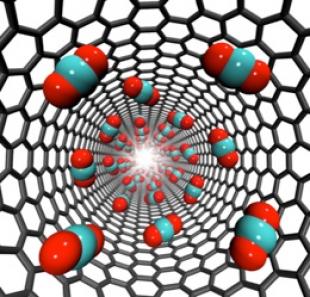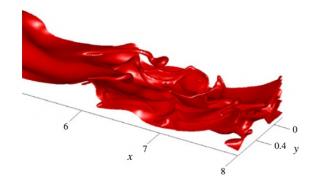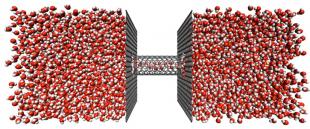MULTI-SCALE flows are ubiquitous in industry and nature, including biological systems, chemical processes, common fluid dynamics processes, material properties, nano- and micro-fluidic devices, batteries, fuel cells, and genetic analysis. What is common in all these flow problems is that there are different physical processes occurring over various time and length scales.
While conventional fluid dynamics is generally inaccurate in modelling these complex fluidic problems, higher-resolution methods (e.g. molecular) are often too computationally expensive to cover the entire range of multiscale processes. The research challenge is to develop innovative and efficient methods that capture all the different ranges of scales.
MULTIPHASE flow problems are a complex class of multi-scale problems that involve flows with two or more phases. These types of flows are again abundant in the industry (such as oil/gas, nuclear, chemical processes, carbon-capture, and phase-change cooling) and in nature (including surfactant transport in pulmonary flows, hemodynamics in retinal capillaries, and hemodynamic vessel/tissue interaction in the brain).
Multiphase flows are inherently multiscale, where the physics of the problem is not only driven by the scale of the mean flow, but also by the scale of the fluid dynamics at the interface (such as the gas-liquid interface or a gas-liquid-solid contact line) that can be smaller by orders of magnitude. The interaction between these scales can lead to different flow regimes, such as stratified-slug flow transition and entrainment of droplets from the denser liquid phase into the lighter fluid phase, phase changes, and flow instabilities.
This research group develops and utilises numerical, analytical, and experimental tools to solve particle flow and flow behaviour problems in a range of materials and media, from particle transport in soft biological matter to the chemical behaviour of atoms and molecules.
People working on Multi-scale Multiphase Flows.





